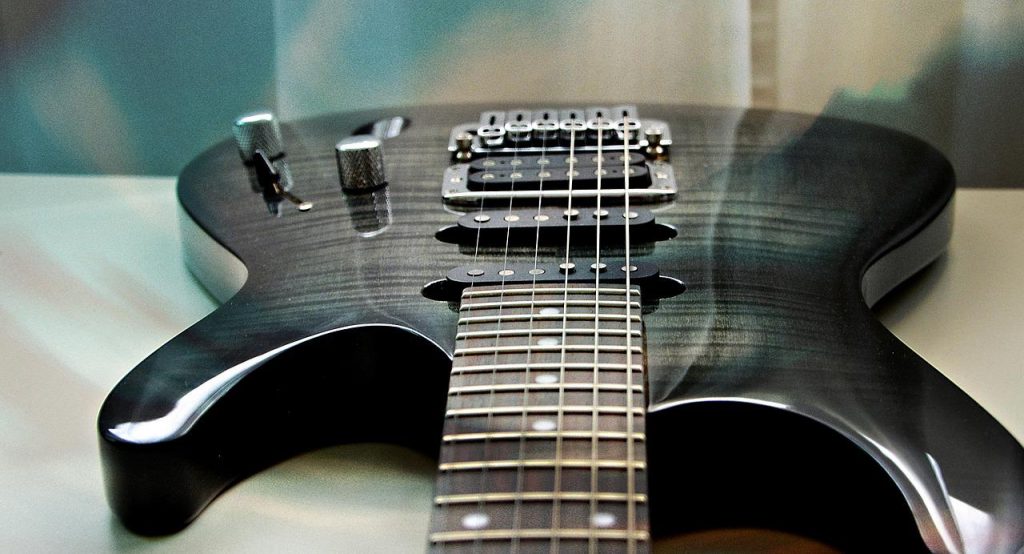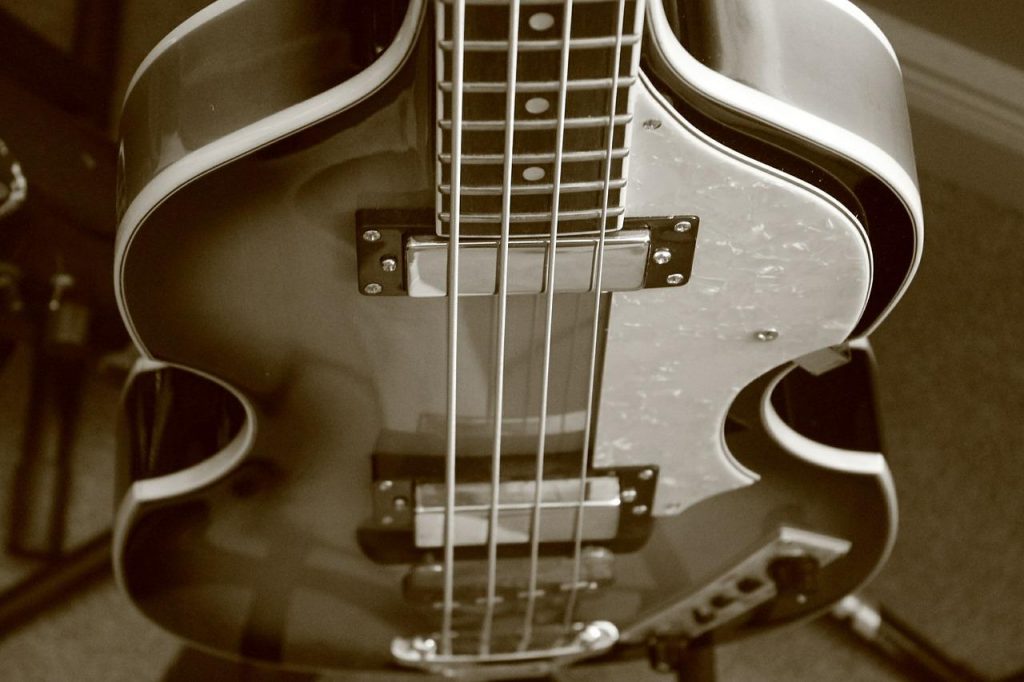Peradventure, you are new to a string instrument, one thing I recommend you learn is how to set up a bass guitar. It is like fine-tuning a car for it to perform optimally. Regrettably, I have seen people own expensive bass guitars but have the poorest setup. It is what I call a disaster. However, setting up your guitar is cheap and worth everything you need to get it done.
I think it is a skill worth learning whether you are new or not. I feel you should learn how to set up a bass guitar because you can come up with the best setting to suit your playing style and save you additional money paying someone in the future. Since nobody knows the way I want to play my bass guitar to feel better, it is better if I knew how to set it up.
I know there are several confusing articles and videos online on setting up a bass guitar. I promise you that this write-up contains everything you do to get started and improve on how to set a bass guitar. It will be brief, but I assure you it contains everything you need. Are you ready? Let’s get things started.
How to set up a bass guitar
If you like taking do-it-yourself projects like me, I recommend you get the following tools to get started.
Tools needed
- Screwdrivers
- Tuner
- Socket wrenches and Allen wrenches
- 6-inch ruler or action gauge
Step one – Tighten the strap buttons or neck bolts
Assuming you have a bolt-on bass guitar, I advise you to fasten the neck bolt. It is something I have noticed that a lot of people overlook. I also make that mistake at times, so don’t feel like you are the only one. It is the first thing you should start with as they get loosed over time.
With the guitar resting face down, take the screwdriver to fasten the bolts. I advise you use your fingers around the screwdriver’s head to keep it in place. Doing this will make you not scratch the wooden part of the guitar. In addition, I tighten the neck bolts. Don’t try to use an electric drill or force the screwdriver because you can over-tighten it and damage the wood. Finally, tighten the strap buttons as they get loose with time.
Step Two – Tuning the guitar
Importantly, I tune the guitar to match the pitch I want. I adjust the truss rod. You can use any tuner as it will do the job perfectly. I know you are gradually learning how to set up a bass guitar; it is not as complicated as many things.
Step Three – Adjusting the action and nuts
When I measure the action, I usually hold the string down at the first fret before measuring the distance between the bottom of the string and the top of the fret. Normally, I hold it down at the first fret to remove any effect that might result from the nut.
I understand that nut adjustment is the hardest part for beginners, and things might get complicated. To file the nut down, you require some special files and experience. Because of this, I usually advise beginners when it comes to how to set up a bass guitar to look for someone with experience to handle this part.
Step Four – The intonation adjusting
Lastly, I adjust the intonation. It is the area where you might need to use a strobe tuner. Although you can use a digital or needle tuner, it doesn’t provide the accurate measurement as a strobe tuner.
Conclusion
How to set up a bass guitar is a straightforward process that shouldn’t weigh you down. The bass guitar is a beautiful instrument that can produce a unique sound, primarily if you tune it properly.
Nevertheless, before you decide to terminate this journey of setting up your bass guitar, you should plug it into your amplify and play for a while. You need to be sure that everything is perfectly set up and there isn’t any fret buzz. In addition, the intonation is top-notch. Once everything is working excellently, you can have a pleasurable time playing your bass guitar.



